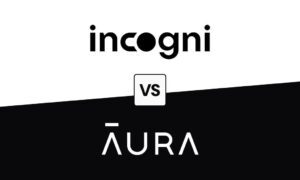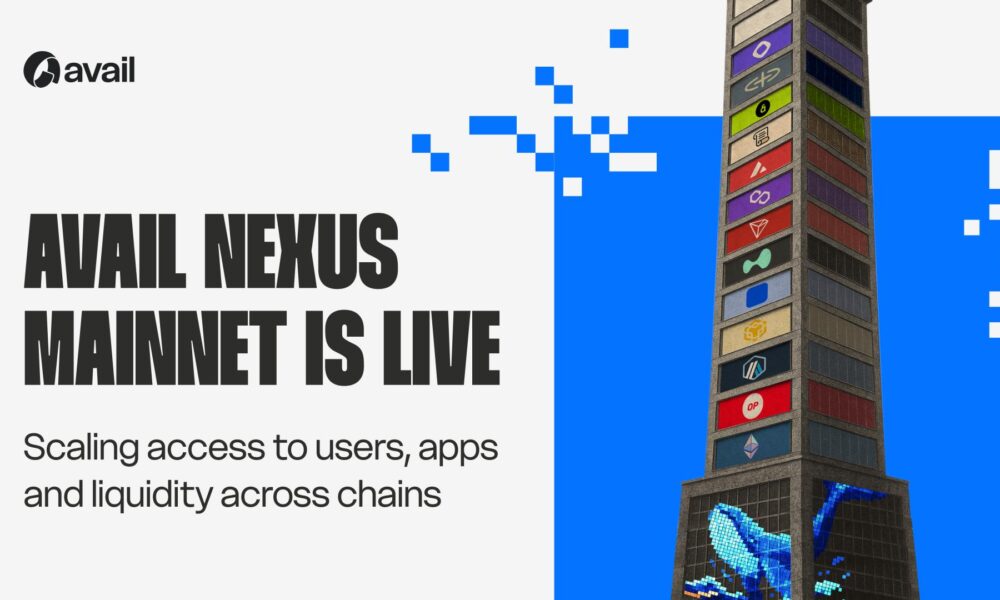A business website is like your second facility, except it’s digital. And owning a well designed one should be crucial for you. Not just because websites with appealing design attract visitors, but they also rank well on Google, Bing and other search engines. Unfortunately, many web owners are not aware of their practices and choices, which resulted in making positioning in top search results harder. Their SEO gets damaged without them knowing.
If your site isn’t ranking as well as you hoped, maybe it’s time to check if its design isn’t the issue. Sure – abundant keywords and backlinks from authoritative websites matter for your SEO. However, search engines have become smart enough to also take site structure and health into account.
Let’s dive into some common web design mistakes that are dragging your SEO down and what you can do about them.
1. Slow Page Load Times
One of the biggest SEO killers is a website that loads too slowly. Users will give each page only a handful of seconds to load. And Google agrees with that. If it takes too long for your website to load, visitors will run out of patience, leave and in most cases – never return. Pages that aren’t able to keep their guests have lower value for search engines.
Why Loading Speed Matters?
- User experience: Visitors get frustrated and leave if they wait too long.
- Search rankings: Google uses page speed as a ranking factor.
- Mobile impact: Slow pages are especially problematic on mobile networks.
Slow loading times are most commonly caused by unoptimized images, excessive scripts, bulky plugins, and needlessly complicated coding.
How to Optimize Site’s Speed
- Compress and resize images without losing quality.
- Limit the use of heavy scripts and plugins to the absolute minimum.
- Opt for lightweight, efficient design frameworks.
2. Poor Mobile Optimization
Nearly two thirds of Internet traffic comes from mobile devices. If your website isn’t designed with mobile users in mind, you’re basically disregarding the majority.
What Makes a Poor Mobile Design?
- Too small text fonts.
- Buttons and links too close together.
- Content that requires horizontal scrolling.
- Layouts that break and misplace sections on small screens.
Google is known to primarily use the mobile version of each site’s content for indexing and ranking.
How to Improve Mobile SEO
- Adjust the layout for smaller screens.
- Ensure that all components function on touch screens.
- Check your site on devices with various screen resolutions (in both horizontal and vertical orientation).
3. Complicated Navigation and Site Structure
Good website navigation and structure isn’t meant to only let your visitors move around your website without getting lost. It also helps web crawlers find out what content is included, where it is and how deep they need to dive to discover it.
The Bad of Chaotic Structure
Websites with messy and unintuitive menus, content buried under too many clicks, or inconsistent internal links are a nightmare for both users and search engines. Both can give up in the middle of their way to the content you may have wanted to get found. And if search engines can’t crawl through your site, your SEO will not go any further.
Tips for Better Navigation
- Keep menus simple and intuitive.
- Set clearly defined categories and subcategories.
- Show breadcrumb navigation, as it will help users move between multiple levels.
- Prepare a sitemap.xml file for search engines to use.
4. Neglected Metadata
Metadata includes title tags and meta descriptions. These are snippets of text not directly seen on the website itself, but you will see them in search results or browser tabs. And they are another critical SEO element. Many businesses underestimate the importance of metadata, and that also contributes to their lower visibility in search results.
Why Metadata Matters
- Title tags clearly show the main topic of a page.
- Meta descriptions influence click-through rates from search results.
- Appropriate metadata improves relevance and user engagement.
What to Avoid in Metadata
- Duplicate or missing title tags.
- Meta descriptions that are too long, irrelevant, or missing altogether.
- Lack of naturally inserted primary keywords.
How to Improve It
- Use unique and concise title tags for every page.
- Craft compelling meta descriptions that encourage clicks.
- Incorporate keywords, but don’t overdo it.
5. Overuse of Pop-Ups and Ads
Pop-ups can be effective for special offers, promotions or capturing leads. Keep in mind though, that when overused or made to inconvenience, they can frustrate visitors. As we already established – more people leaving your site within seconds means lower ranks on Google.
Negative Impact of Pop-Ups
- Increased bounce rates as visitors leave immediately.
- Lower user engagement signals sent to search engines.
- Google penalizes sites with intrusive interstitials on mobile devices.
What to Do Instead
- Use pop-ups sparingly – don’t make the user repeatedly stop whatever they were doing.
- Do not cover the main content immediately after page load.
- Make sure pop-ups can be closed without issues, especially on mobile devices.
- Consider inline banners or slide-ins as alternatives.
How IKOL Can Help With SEO-Friendly Websites
Creating your own website is already difficult. Making sure it is optimized for search engines on top of that can feel like a whole new layer to the challenge, especially if you’re not a pro designer or SEO expert. But IKOL might give you a helping hand.
IKOL is a platform combining intuitive design tools with proven SEO practices baked in from the start. Do you want to start your first site, or upgrade into something more optimized? IKOL’s AI-powered website generator will let you create:
- Pages that load quickly and keep visitors engaged
- Mobile version designs made to look great on any device
- Clear navigation structures that improve user experience and crawlability
- Automatic keyword generation and metadata guidance
- User-friendly web editor with no need for coding or technical skills
With IKOL, the tricky parts of web design and SEO are made easy, letting small businesses own websites that rank and convert.
Summary
The design of your website impacts SEO both directly and indirectly. Even the best, high-quality content and strong backlinks can’t save it, if poor design choices leave the human visitors irritated, and web crawling bots puzzled.
The good news? The majority of issues we described in this post can be fixed with the right tools and approach. Platforms like IKOL offer accessible solutions to help you build a fast, responsive, and SEO-friendly website that stands out.
We highly recommend you invest some of your time to improve your site’s design. You will be rewarded with higher positions in Google ranks and better user engagement. All of that is more than worth the effort.



































